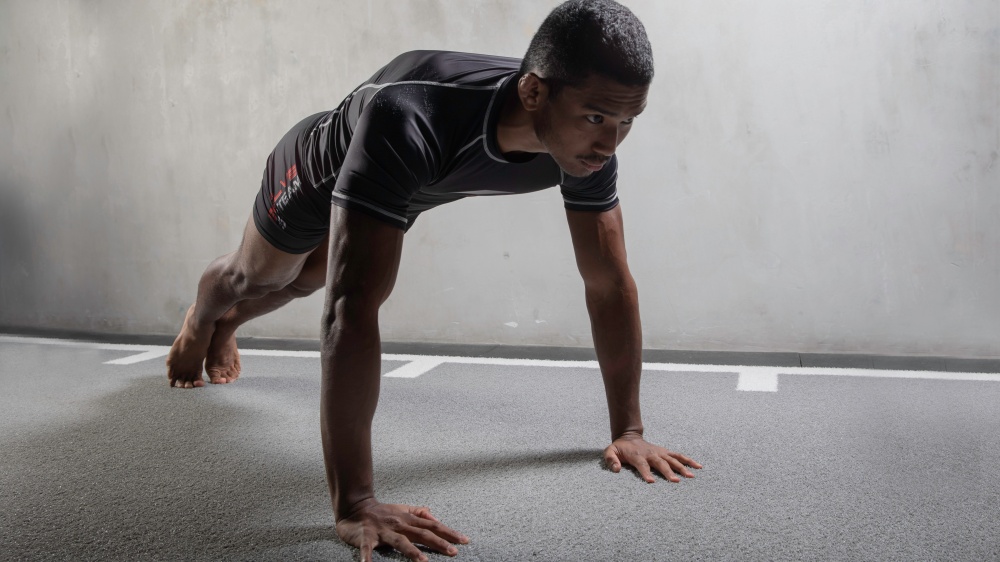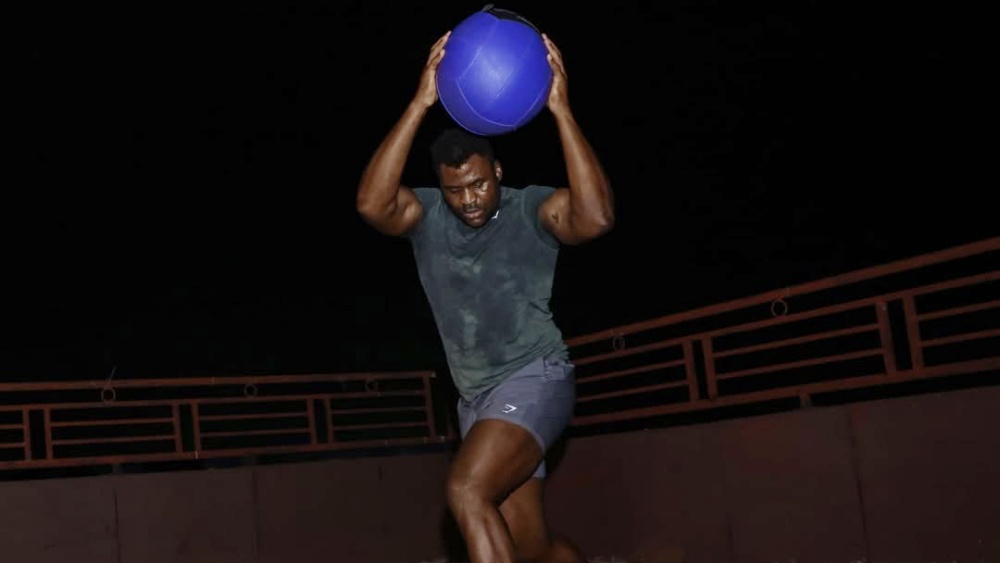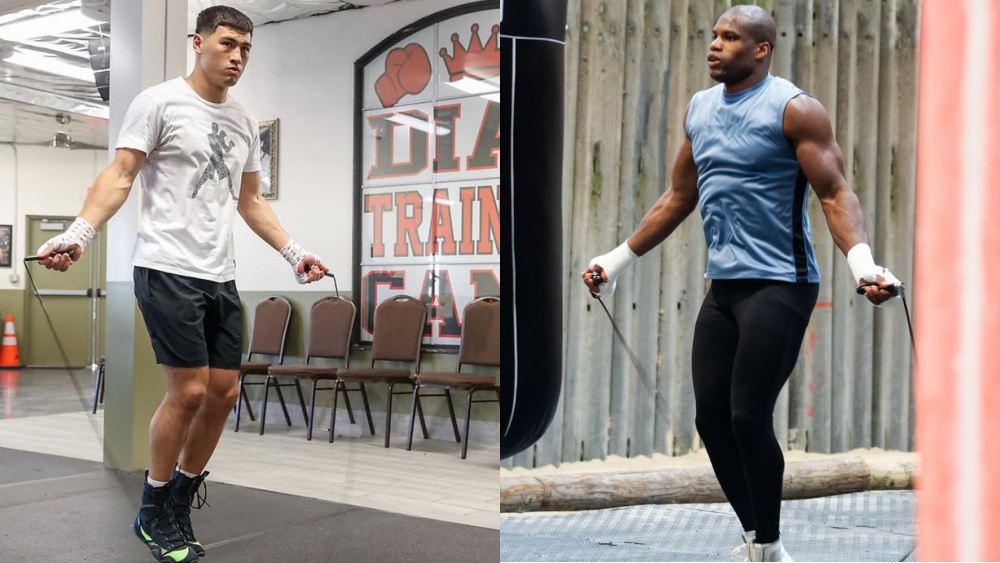Compound exercises are exercises that activate multiple muscle groups simultaneously. An example is the bench press which targets your chest, shoulders, triceps and forearms, all of which are very commonly used in strength and conditioning workouts. A good exercise routine consists of a balanced mixture of compound exercises and isolated ones. The benefit of isolated exercise is that it helps target a specific muscle group. Some benefits of performing compound over isolated exercises include:
- Time-Efficient: Compound exercises allow you to use your time at the gym more effectively since they engage multiple muscle groups simultaneously. Your workout routine should consist of primarily compound exercises if you have limited time to exercise.
- Mass-Building Efficiency: Compound muscles are more effective at building mass and strength since they allow you to lift heavier weights with the help of various muscle groups. Progress comes faster when working out with heavier weights, leading to more muscle growth and strength.
- Calorie Burner: Compound exercises are excellent calorie burners, they burn way more calories as compared to relying on isolated ones since they require more energy to activate multiple muscle groups simultaneously. They also increase your metabolism, which results in your muscles burning more calories even after your workout.
- Gets Your Heart Pumped: Compound exercises help to elevate your heart rate since they make you work harder. These exercises can be combined to form circuits, giving you an intense cardio workout. For example, combining squats with push-ups or bench presses in sets to give you a full-body circuit workout.
- Reduces Muscle Imbalance: Compound exercises help prevent muscle imbalances. For example, by only focusing on bicep curls, your arms may end up bigger than other muscles groups like your shoulders and chest. Compound exercises reduce the risk of that, allowing your muscles to grow as one, becoming stronger together.
After understanding the benefits of compound exercises, let’s look at 4 compound exercises you should incorporate into your workout program if you aren’t already doing them.
1) Push-Ups
Push-ups are one of the most effective exercises for your upper body. The exercise works most of the muscles there, like your triceps, shoulders, chest, back, and core. Push-ups can also serve as a warm-up for more intense upper body exercises like the bench press. About ten push-ups are typically enough to loosen up muscles in your upper body. To perform a push-up:
- Get into a plank position with your arms shoulder-width apart. Your hands should be flat down, and your elbows should be close to your body. You should be able to draw a straight line from your head to your toes when you are in the proper position.
- Slowly drop yourself towards the floor while keeping your back straight.
- Pause for a second at the bottom and push up yourself back to the starting position. Perform three sets of as many push-ups as you can do.
2) Squats
Squats not only strengthen your quads, glutes, calves, and hamstrings but also help improve your balance and mobility. This exercise can be performed using only your body weight or even with dumbbells or barbells. Here’s how you squat:
- Start with your feet a little more than hip-width apart and your toes pointing slightly outward.
- Push your chest out and keep your core stiff as you shift your hips back.
- Inhale slowly and squat towards the floor until your quads are about parallel to the floor. You can go a little lower if you’re flexible enough.
- While keeping your chest out and your core tight, exhale slowly and push through your heels and return to the starting position. Perform about 8 to 15 reps to complete a set. About three sets of these give you an excellent lower body workout.
Tip: For beginners who are just learning to squat, practice squatting with a chair behind you. Practice with the motion of you sitting down and gradually going lower until you’re able to attain the 70-90 degrees angle bent on your knees. This will help you build strength in your legs without overexerting yourself.
3) Deadlift
The deadlift is an essential compound exercise that many professionals rely on when doing strength and conditioning training. It not only strengthens your muscles and core but also improves your posture. The muscles activated during deadlifts include your back, lats, hamstrings, core, glutes, and forearms. It is also commonly used because of its efficiency in building muscle mass. You’ll need a barbell and a solid floor underneath you to perform deadlifts. Here’s how to perform the exercise:
- Place the barbell on the floor and stand with the middle of your feet directly below the bar. Make sure your feet are shoulder-width apart and aligned with your shoulders.
- Driving your hips back, keep your core tight and spine neutral as you bend towards grabbing the bar firmly with both hands with a shoulder-grip.
- Take a deep breath and push through with your heels as you start lifting the bar. Remember to keep the bar close to your body as you perform the motion and take note that the bar should glide across your body when performed properly.
- Pull the bar slowly towards you just as you are in a standing position and hold the weight at the top before returning to the starting position.
There are various ways on how you can optimize your deadlift. For beginners especially, it is important to focus on using proper form when performing these exercises since poor form puts unnecessary stress on your back.
4) Bench Press
Bench Pressing is one of the most effective exercises you can perform to strengthen and build muscles in your upper body. The muscles groups involved in this exercise are the chest, triceps, and shoulders. For this article, we’ll be using a barbell, but this exercise can be done with either a barbell or dumbbells. Here’s how to perform the exercise:
- Lay down on a bench, knees bent at 90 degrees, and your feet flat on the floor.
- Grab the bar and keep your hands a little more than shoulder-width apart.
- Take a deep breath and slowly bring the bar towards your chest.
- Pause for a second, push the bar and exhale slowly as you return to the starting position. Avoid hyperextending your elbows when performing the exercise.
You may also like:

















